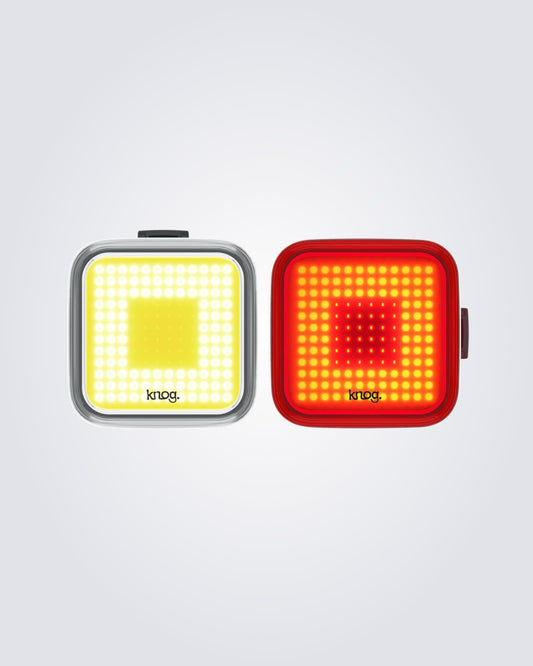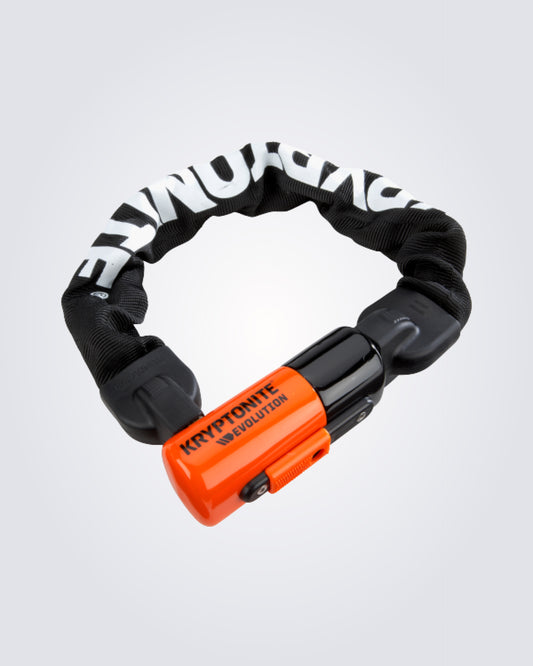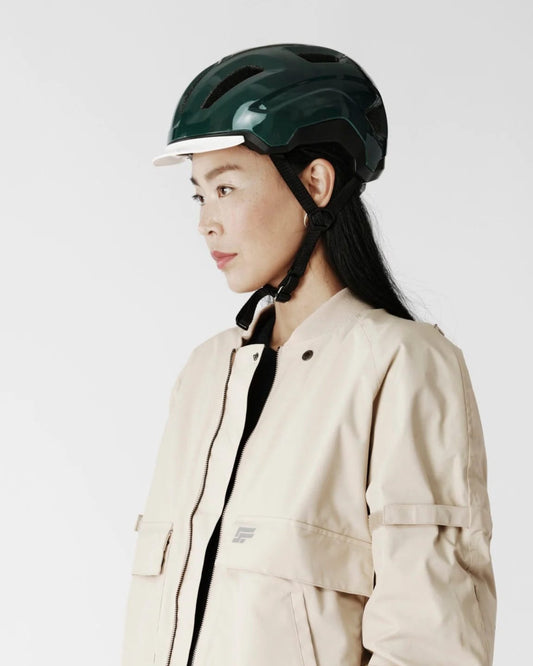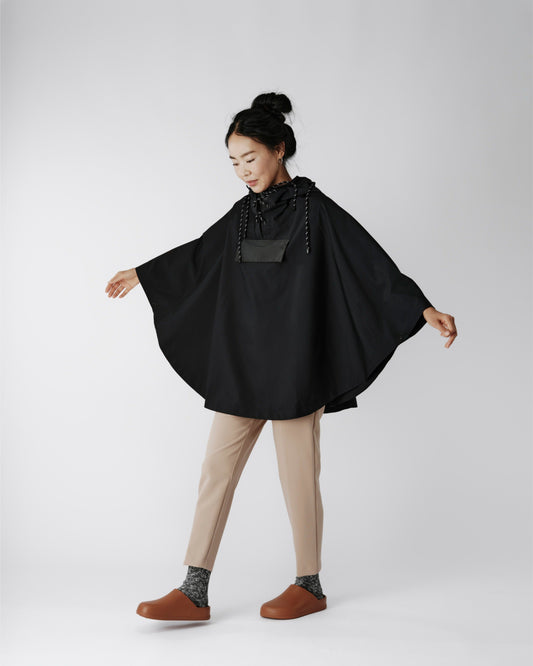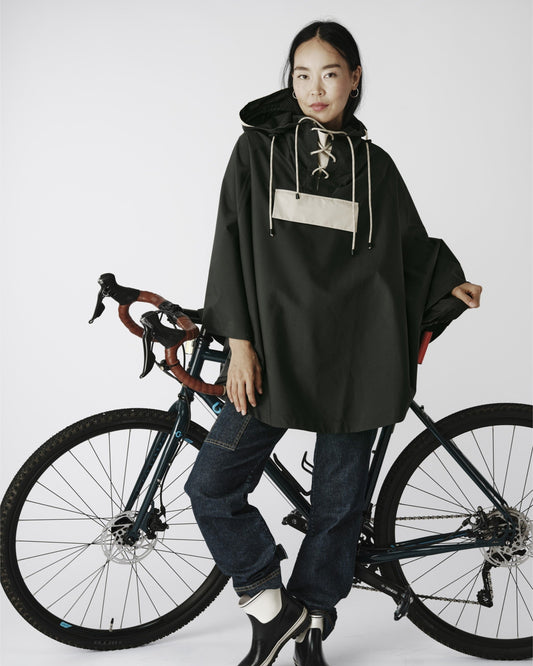Summer Sale Live! Save up to 25%
Delivered in 2-3 business days
1-year guarantee
14-day returns
Finding the perfect city bike to help you zoom around your local city involves a lot of research before you make that purchase.
One of the things you need to look out for is the type of frame, as it will have a massive impact on your cycling experience. Don't be ashamed if you're not up to date with all the different types of city bike frames; a lot of buyers don't have a clue.
In this article, we're going to go through each of the four city bike frames in-depth so you know what to look out for when you're buying your next two-wheeler.
There are four main different types of city bike frame materials. These include carbon fibre, titanium, aluminium and steel.
All of these styles of city bike frames have their benefits and drawbacks and are priced differently, so you must know the differences before jumping into anything.
Let's take a closer look at each one.
Carbon fibre is a popular kind of frame you'll see on city bikes. It's loved for its lightweight design and incredible strength, made using resin with bonded carbon sheets that turn it into a mould. The frames' overall lightness improves manoeuvrability and speed and absorbs road vibrations, so it makes rolling through the city streets a bit more comfortable.
Riders l've carbon fibre frames for their design, too; the precision used with curves and junctions really contributes to the overall look of the final product.
The durability of carbon fibre frames is another big draw for city cyclists because they're resistant to wear and tear, so you're guaranteed a great level of longevity with them.
Titanium is another type of bike frame designed with a high strength-to-weight ratio, giving it the power to endure a city's most challenging features, like the uneven pavements we all dread coming into contact with.
Many people praise the titanium frame for its strong corrosion resistance; it's even stronger than steel. It features incredible shock-absorbing qualities that help the rider have a smooth ride, silencing all the vibrations.
Unfortunately, it's pretty rare to find titanium since many manufacturers opt for either aluminium or carbon fibre.
Benefits of TitaniumAluminium is arguably the best material for a bike frame. The great thing about them is that they have a bit of everything an urban cyclist needs. They're quite light, corrosion-resistant, and quite cheap compared to other materials.
One thing that's great about aluminium frames is that they tend not to rust compared to steel frames. Not only does this give the bike a longer life span, but it also means you don't have to worry about parking up your ride outside the office when it's raining. You can leave that heavy rain cover at home!
We use aircraft-grade aluminium alloy on our bikes because it's not too overpriced for the riders, and they get excellent value for money compared to other big-name brands out there.
Now, aluminium frames don't come without their flaws, either, because they tend to have a higher level of stiffness than other frames, so the ride isn't as smooth. Fortunately, we've added some fantastic features to our Olive O, so every ride is friction-free. You can find out more about it here.
The last of our types of bicycle frames, and certainly not least, is steel. It's funny because steel used to be hugely popular among bike manufacturers, but it has lost its lure over time because of other materials. They still do offer riders a lot; journeys tend to be smooth with them, and repairing them is straightforward; even if the damage is bad, it's doable.
One thing you can't fault steel bikes for is their durability; they're able to tackle rough terrain, which might be a great option for you if there's some new road work that has come up on your daily commute.
Steel bikes are seen as the cheaper alternative to titanium bikes and are often applied to custom-made bikes since they're quite easy to work with.
Read one of our other articles:
City Bike Price Guide: How Much Should You Spend?
City Bike Maintenance Checklist
